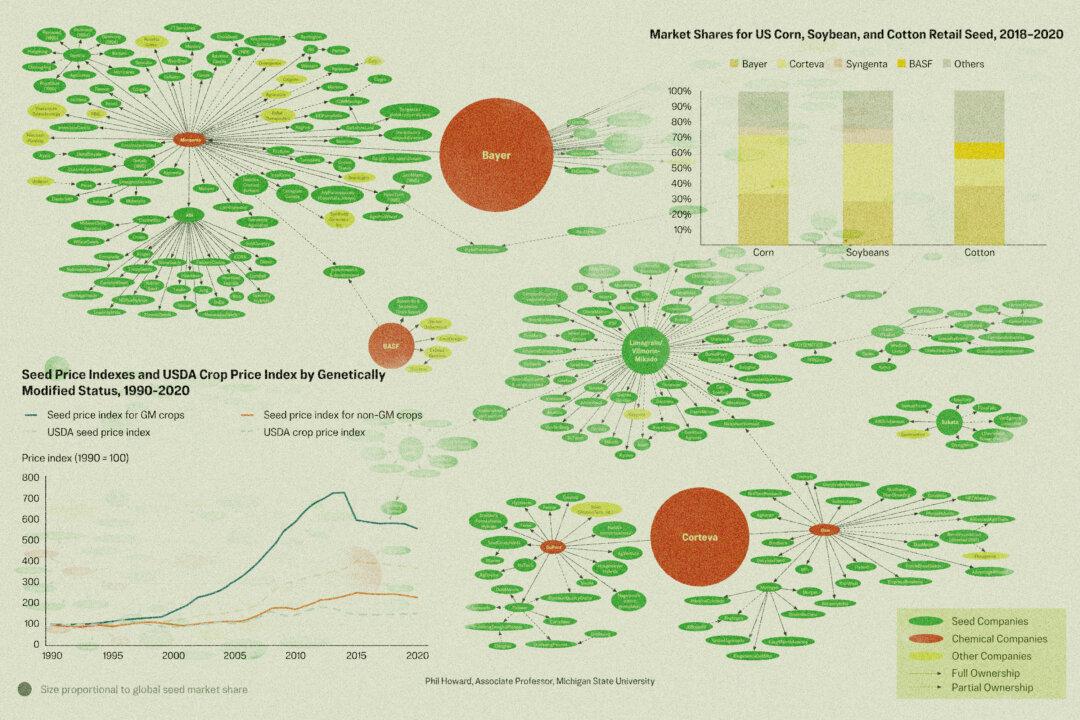Civilian outrage in Sri Lanka has been simmering since 2021 over the effects of commodity shortages, inflation, and economic policy failures that erupted into widespread protests beginning in March.
Thousands of demonstrators in the Sri Lankan capital of Colombo stormed the president’s official residence and burned the prime minister’s home on July 9, after which House Speaker Mahinda Yapa Abeywardena released a video statement saying President Gotabaya Rajapaksa would step down from office on July 13.





